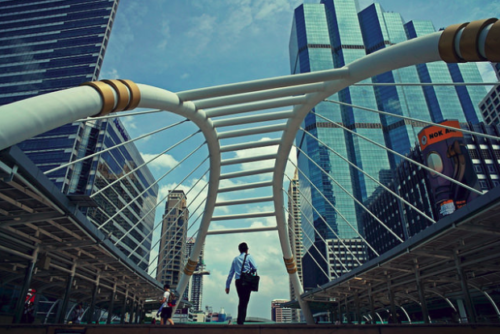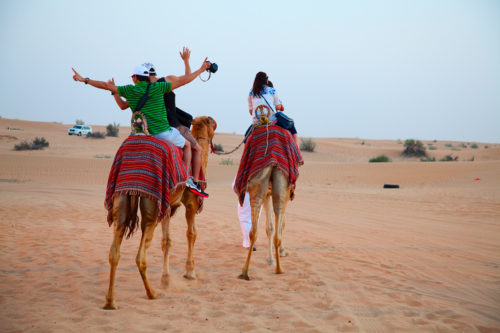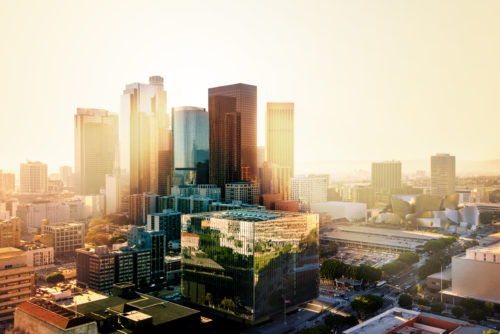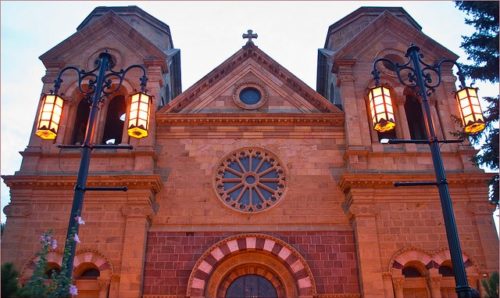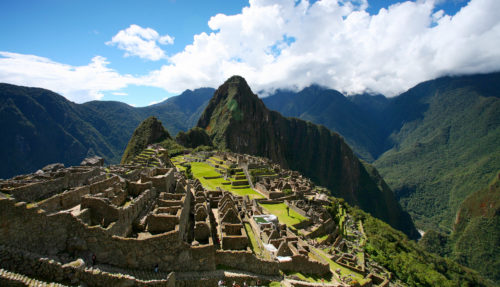Tips For the Perfect Tour in Bolivia
Bolivia is one of the most culturally fascinating territories on the World, and has plenty of awe-inspiring landscapes waiting for you. From the low and tropical lands of Santa Cruz, making your way up to Sucre and the impressive highlands of the Altiplano, with the Sajama National Park, Eduardo Avaroa Reserve or the famous Uyuni Salt Flats (Salar de Uyuni). Here are our tips for a tour in Bolivia.
Take Notes!

There are several things to discover and plenty to do in Bolivia, but first you may want to take some notes down! We present you our expert tips for planning your trip to Bolivia.
First off, a basic: seasons work here differently in relation to the countries on the northern hemisphere. Bolivia is placed in the southern hemisphere, so it differs from other countries such as the ones in the United States or Europe: our winter would be their summer and vice versa. The warmest month of the year is, on average, November, whereas the coldest one is July.
Bolivia presents very different altitudes depending on the region. Santa Cruz has an elevation of 416 m, Cochabamba 2.558 m, Sucre 2.810 m and La Paz ascends to a roughly elevation of 4.061 m. This affects directly to the weather: you will find colder temperatures the more you ascend. La Paz can be colder at nights, even in summer, so don’t expect to have the same warm temperatures like in Santa Cruz, Rurrenabaque or Coroico.
Another important factor is to difference the rainy season (December – April) from the dry season (May – November). This is especially remarkable if you are planning to visit Salar de Uyuni. The salt flats change dramatically depending of the time of the year. If you want to see the famous “biggest mirror in the World” and experience the majestic white sea, then you better go on the rainy season. Otherwise, you will find quaint octogonal formations in the dry dunes of salt, also worthy with plenty of opportunities for creative and fun photographs. This is why you should think twice when to travel to the salt flats. No matter what you choose, Salar de Uyuni is guaranteed to leave you in awe.
As we have already mentioned, Bolivia can be high… really high. Altitude sickness may affect you, so you may need the first days for some acclimatization. Chewing coca leaves is a healthy and useful practice that can help with the sickness. In case you flight directly to La Paz, it is advisable to take it easy: you shouldn’t rush or take on activities that require extra amounts of effort. A moderate walking tour is a good way of starting.
Another suggestion is to begin in Santa Cruz and make your way up to the highlands if you are with time. Santa Cruz has some amazing highlights like the Amboró National Park or the Güembe Biocentre, where you can witness the biggest butterfly in the World. You can also go to Rurrenabaque and its amazonian basin and rainforest. It has an overall elevation of 274 m, so it is a great place to begin with and enjoy its dramatic flora and wildlife, including the unique pink dolphins.
Last, but not least, Bolivia has a unique mix of culture that can often amaze you. You will see a lot of aymara people and cholitas. There are tours in which you can explore shaman alleys and get close to their culture, and even trips to Salar de Uyuni including homestays in traditional villages. You may be willing to capture those unforgettable moments with your camera, but be respectful and ask for their permission first.
Banjo Tours is a leading Bolivian tour operator with many awards, excellent reviews in Tripadvisor and years of experience in La Paz Walking tours and Bolivia’s countryside, including Salar de Uyuni, Sajama and Eduardo Avaroa Reserve.
Book a spectacular tour with Banjo Tours in Chicago , January 21-22 and in LA, February 18-19 at the Travel & Adventure Show!
Banjo Tours | November 15, 2016



